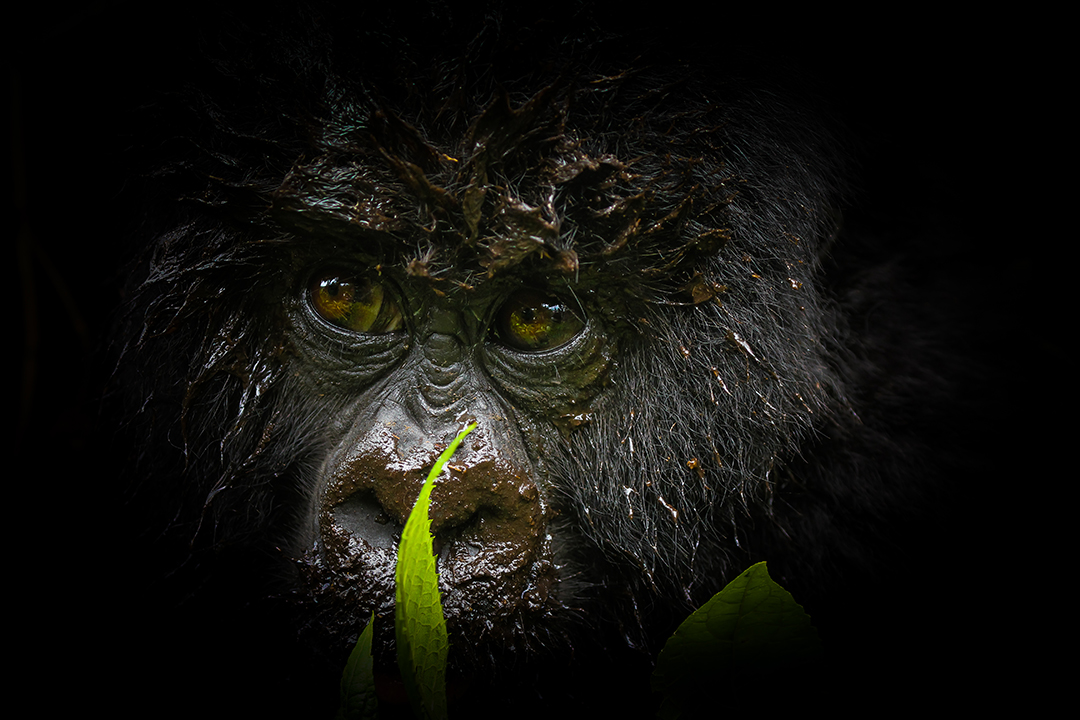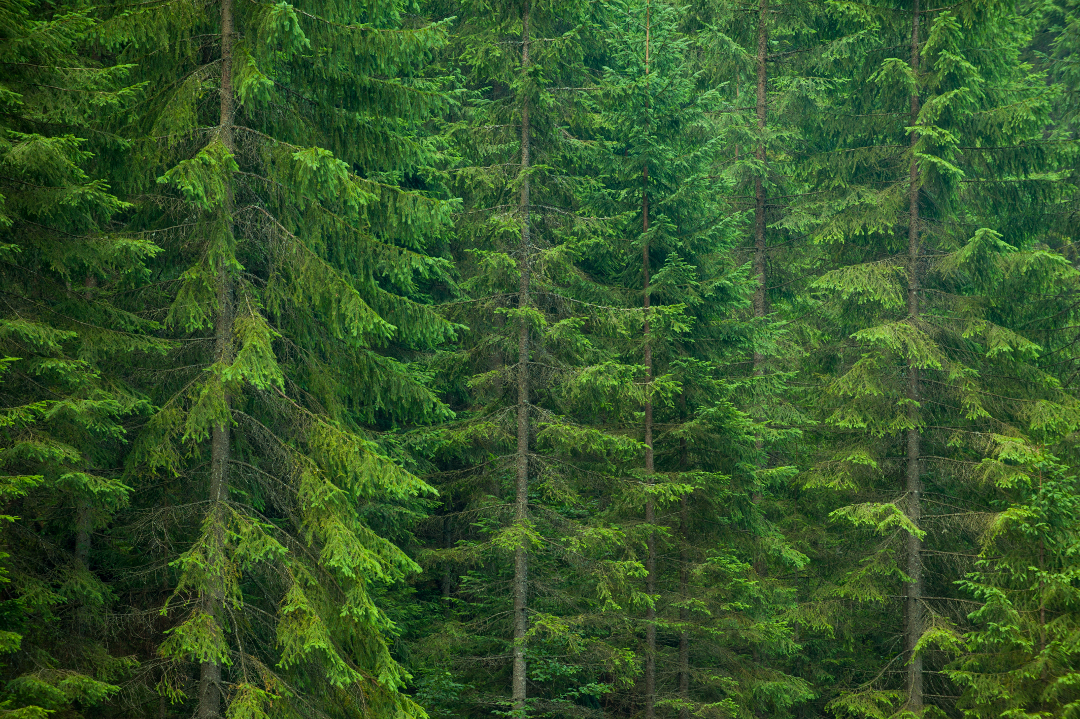
A new Generation of Trees
85 % of the area to be restored will consist of mixed stands where the pine is the dominant species. The pine and the black pine will be combined with cork oak, chestnut trees, Pyrenean oak and European oak. The final goal is to have an area occupied only by these native species, originating a forest that is resilient to fires, sustainable and able to reconcile production with conservation, while contributing to encouraging people to settle in the area.
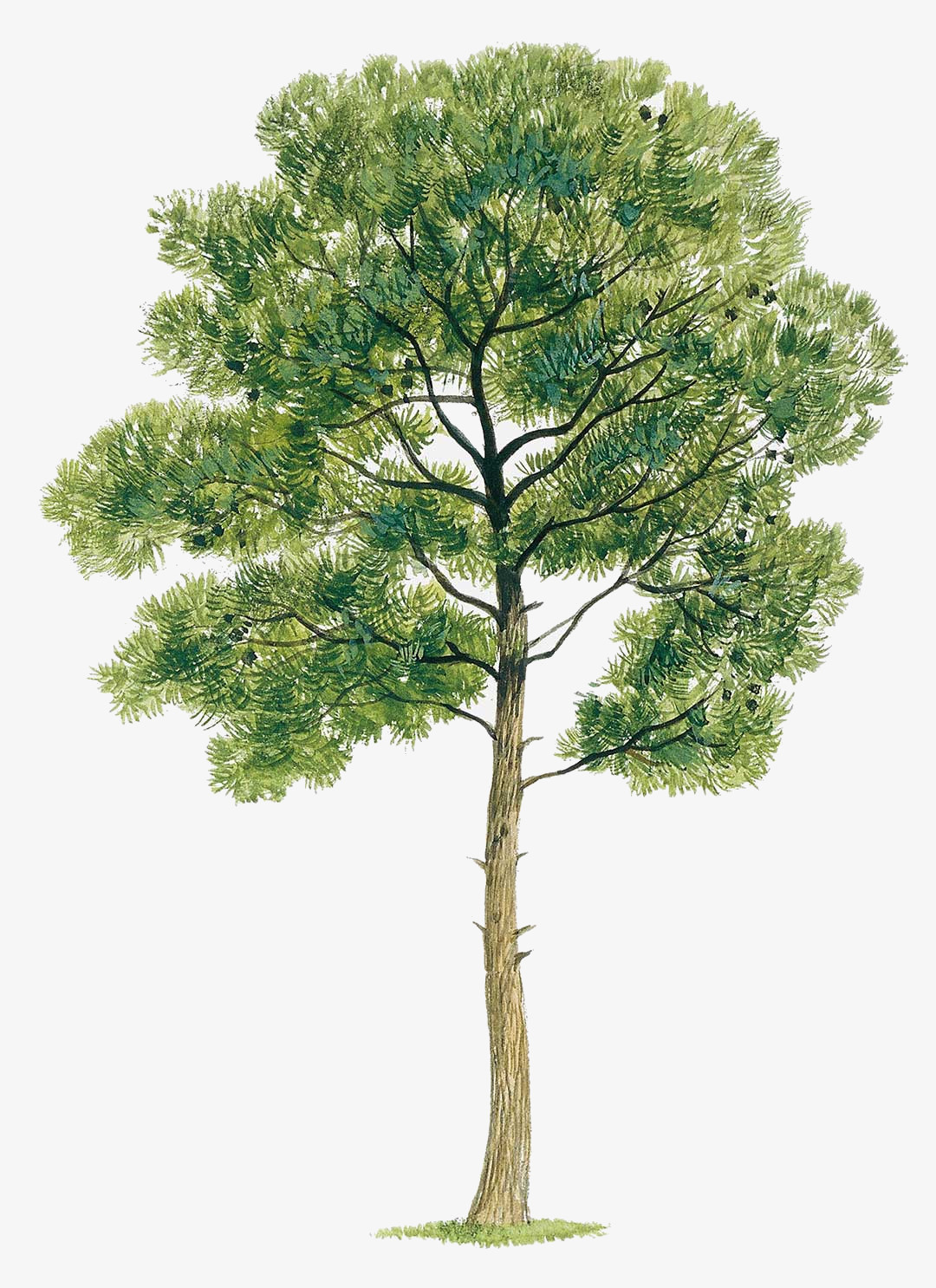
PINE TREE
“As old as the hills” perfectly describes this evergreen that evolved in the northern hemisphere 130 to 200 million years ago. These trees are of extreme economic importance to wood and paper industries.
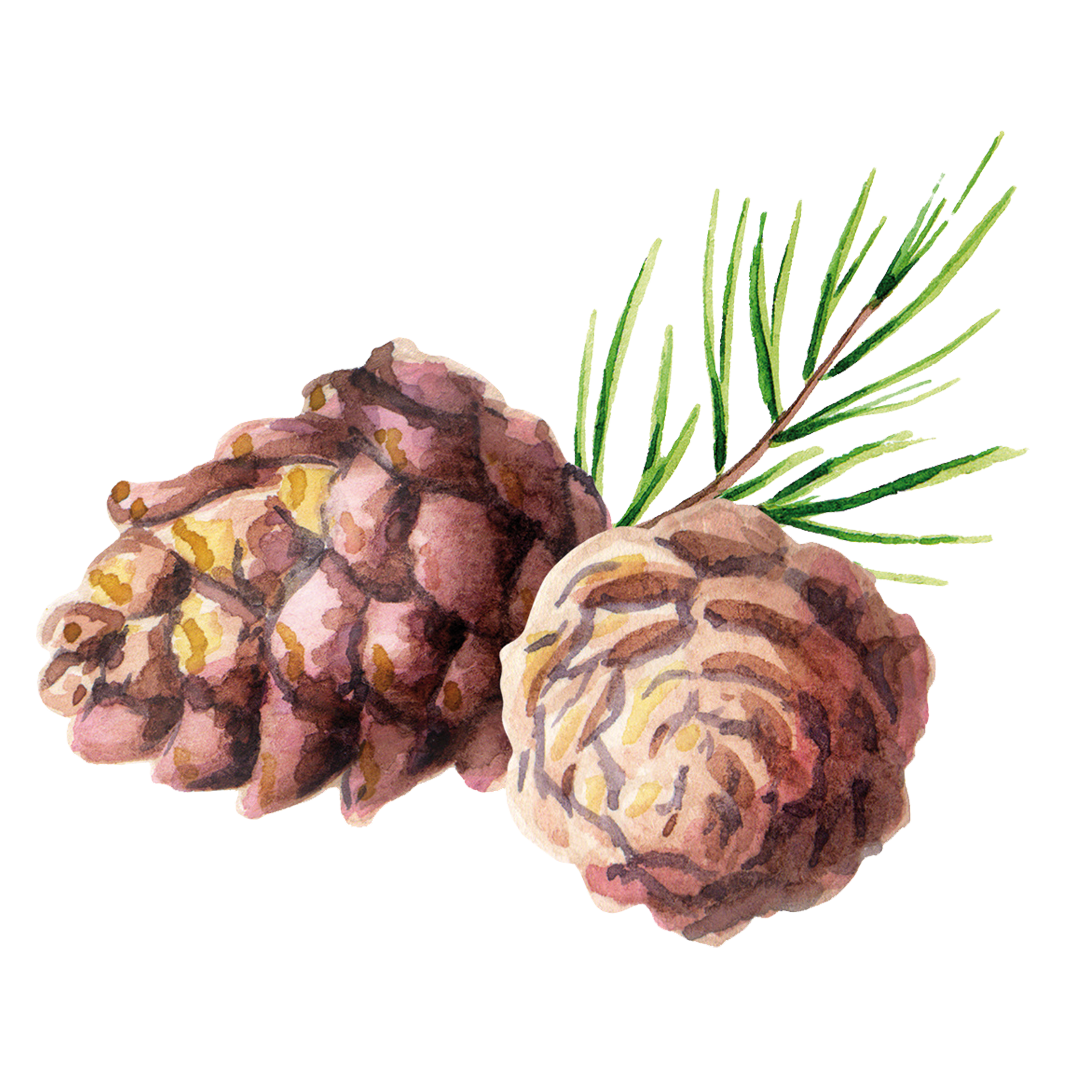
CHESTNUT TREE
Cultivated for their starchy nuts for thousands of years, at least since 2,000 BC, chestnuts are also used to make flour as well as being a substitute for potatoes.
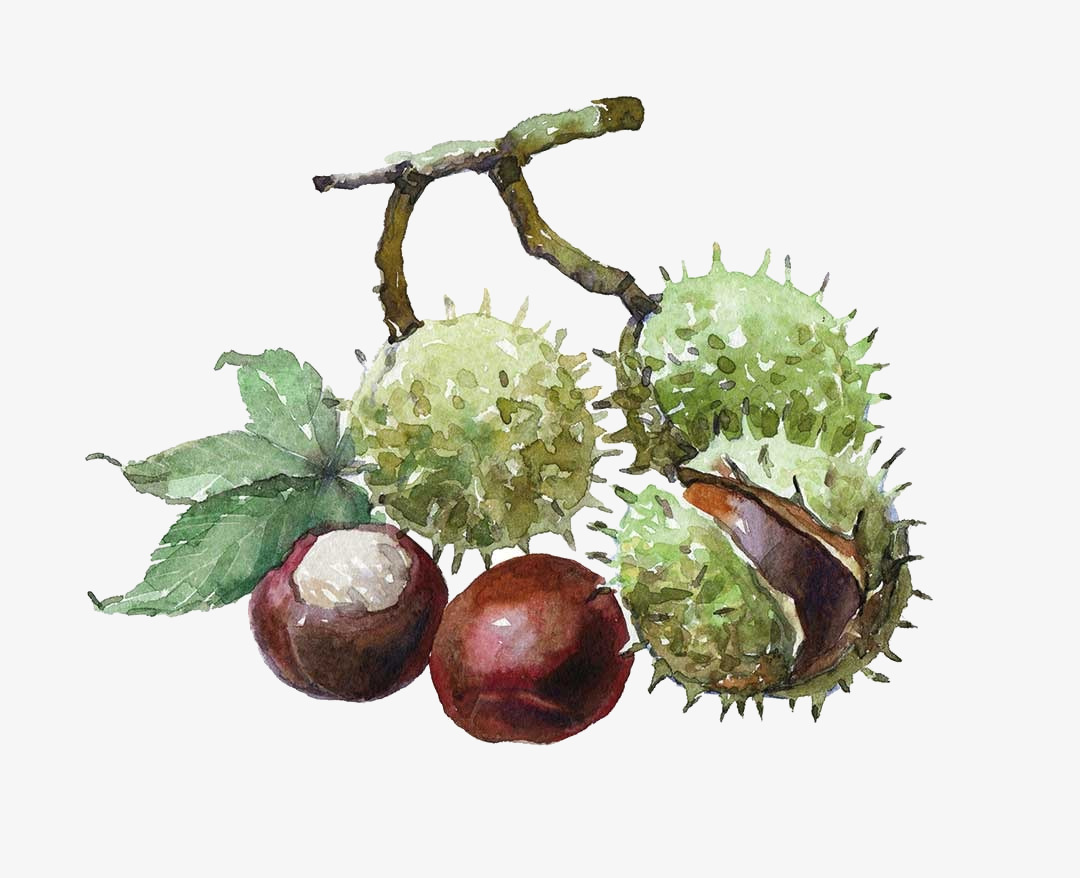
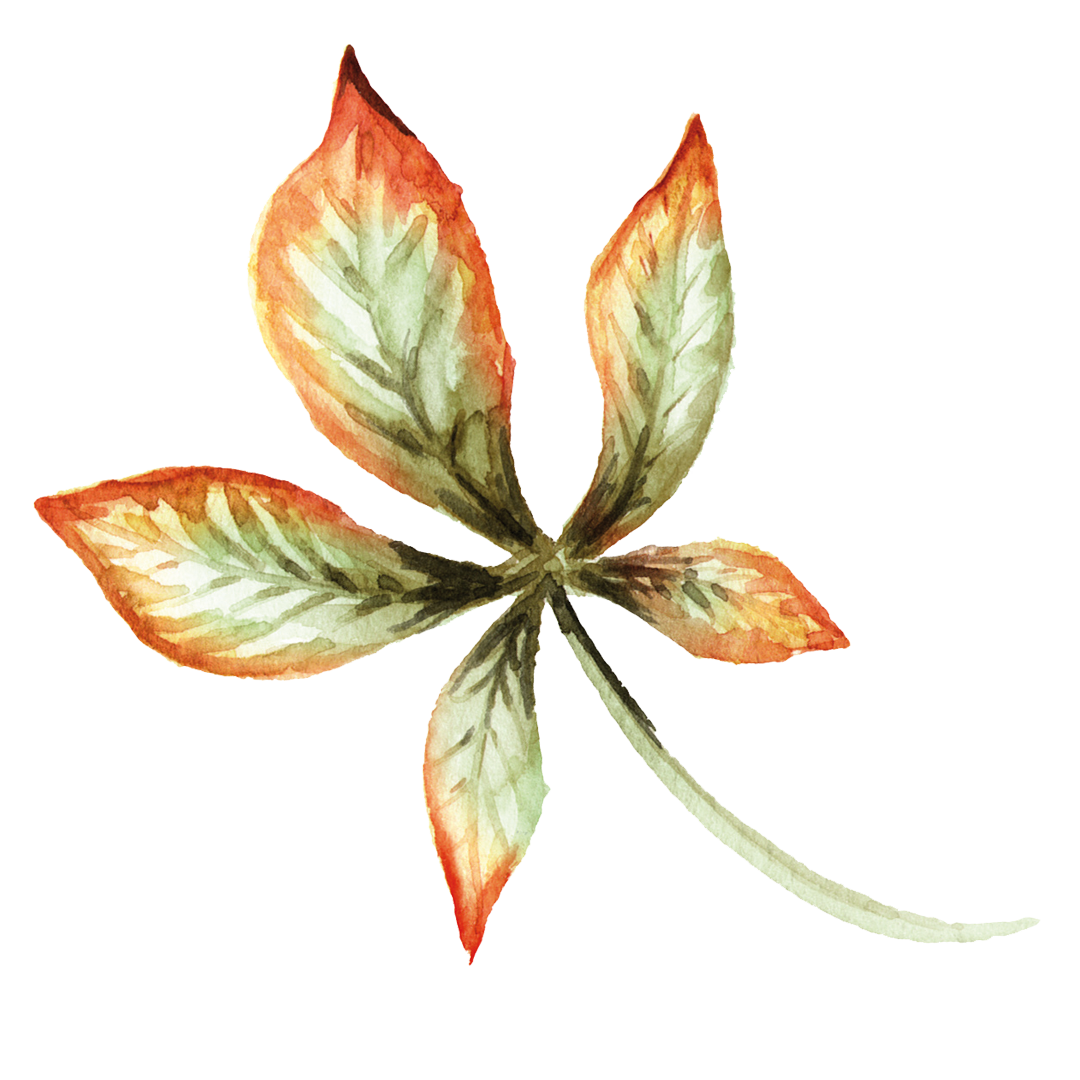
PYRENEAN OAK
Used for firewood, in woodwork and carpentry. Its bark is used for tanning leather. In the past, the leaves were used as green fodder for cattle.
EUROPEAN OAK
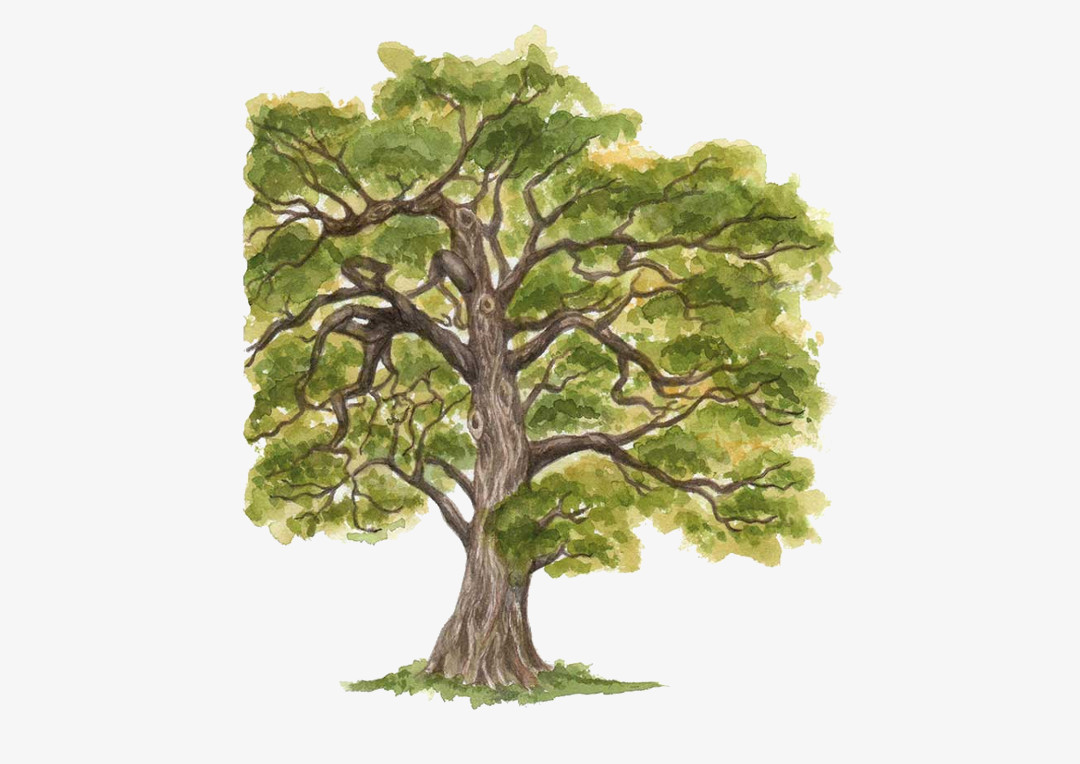
It produces a long-lasting and durable hardwood, much in demand for interior and furniture work, as well as for flooring.
CORK OAK
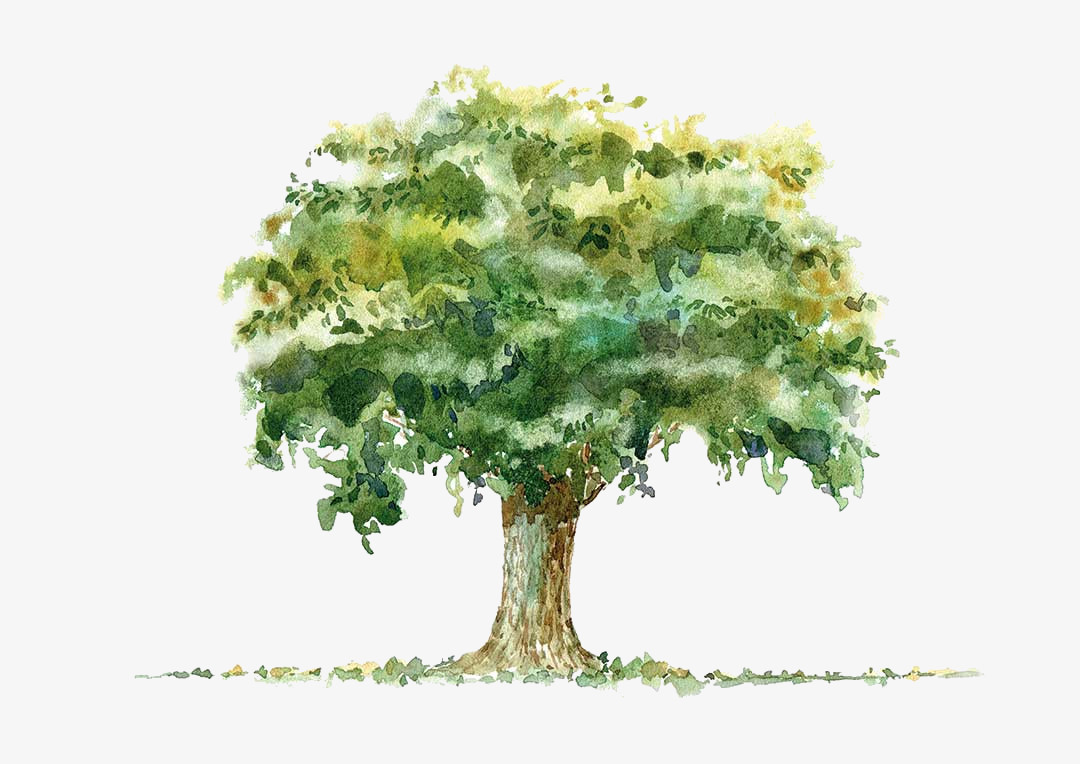
The only plant species capable of producing sustainable cork of the highest quality. It can live for up to 250 years and has an enormous regenerative capacity.

